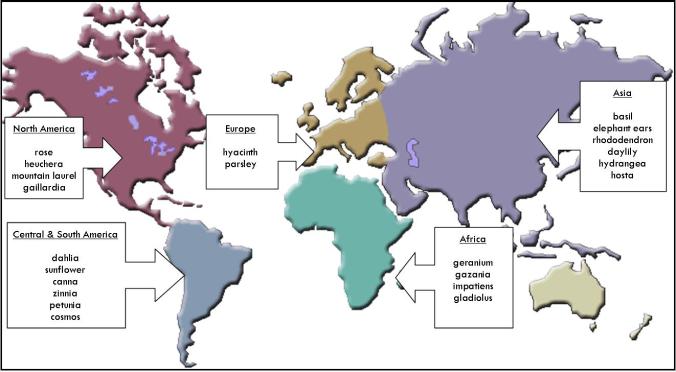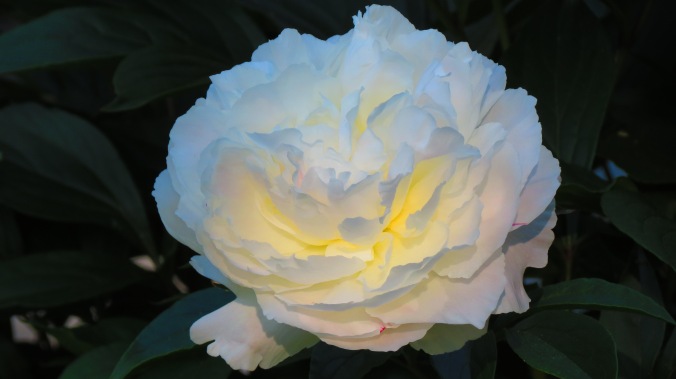 When children recite, “Mary, Mary, quite contrary, how does your garden grow?” perhaps a more appropriate question would be, “From where does your garden grow?” That’s the question I ‘m asking myself this Columbus Day weekend after reading the best-selling new book 1493: Uncovering the New World Columbus Created, by Charles C. Mann. This meticulously researched book examines the world after Columbus set foot in North America.
When children recite, “Mary, Mary, quite contrary, how does your garden grow?” perhaps a more appropriate question would be, “From where does your garden grow?” That’s the question I ‘m asking myself this Columbus Day weekend after reading the best-selling new book 1493: Uncovering the New World Columbus Created, by Charles C. Mann. This meticulously researched book examines the world after Columbus set foot in North America.
While Columbus certainly has his critics, there can be no mistaking that his arrival in the New World placed the entire world on the globalization frontier. The author’s position is that much of what we enjoy today can be traced back to what he calls the Columbian Exchange, a means of moving plants and seeds and animals from one part of the world to another part. It is why, for example, that tomatoes arrived in Italy and citrus arrived in Florida. So much of what we take for granted wasn’t always so; and much of it would not be if Columbus had not set the process in motion.
I myself am a bit of a mutt: English, Scottish, German, French, and Italian. My paternal ancestors arrived in North America in 1675; my maternal great-grandfather entered through Ellis Island. While this is my gene pool, I wonder just how diverse and worldly is my garden?

Thanks to the Internet and Google, I learned that what I plant has traveled a long way to be planted. In fact, my garden could be a lesson for world leaders seeking peace. Although it heavily favors Asia and Central and South Americas, there is little conflict in plants from many lands successfully sharing common ground. (Note to self: bring Australia into the mix, but wait until full-out global warming for Antarctica to come into bloom.)
And to think my melting pot only took 518 years — and still counting — to plant.
Happy Columbus Day — and enjoy the weekend in the garden.




